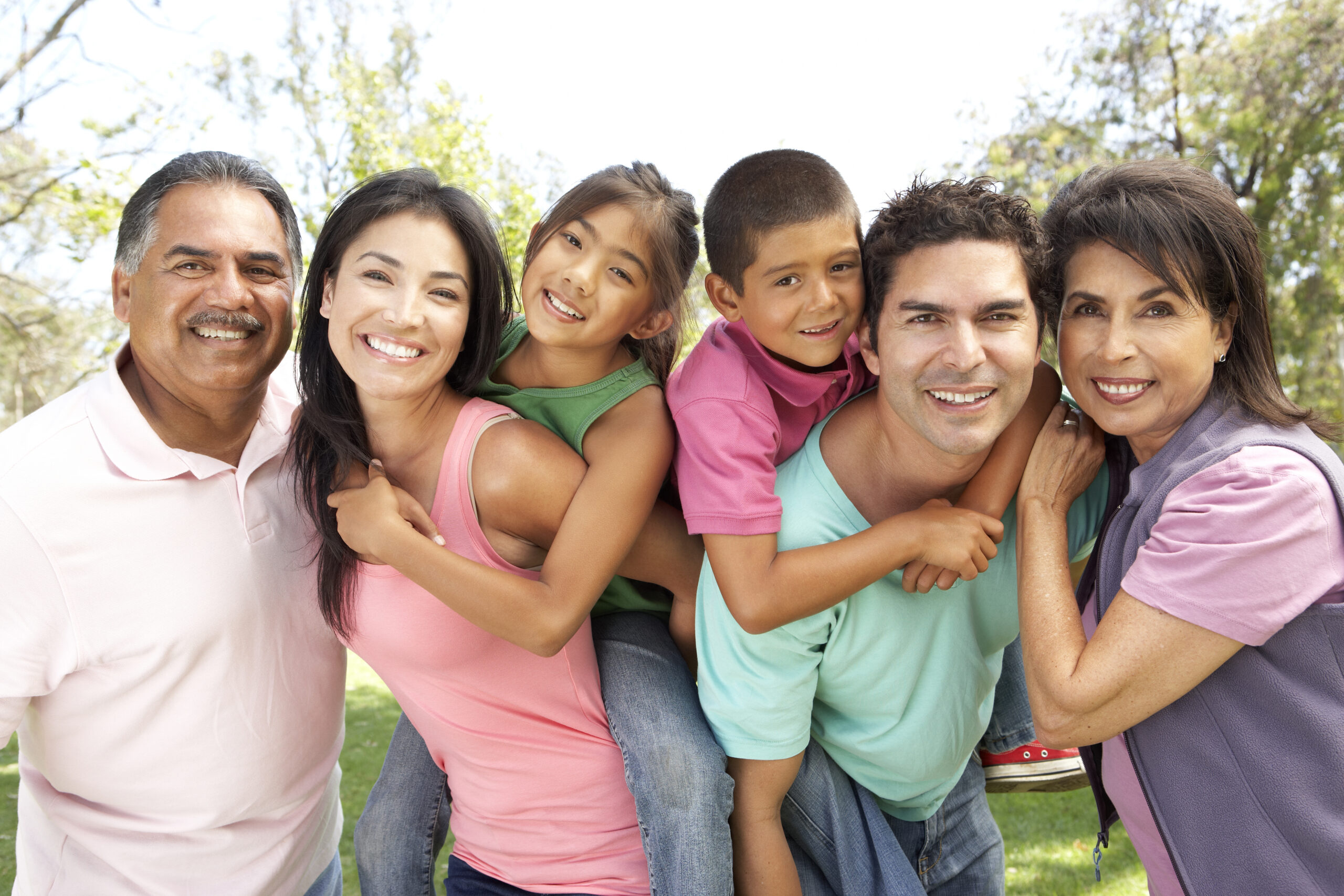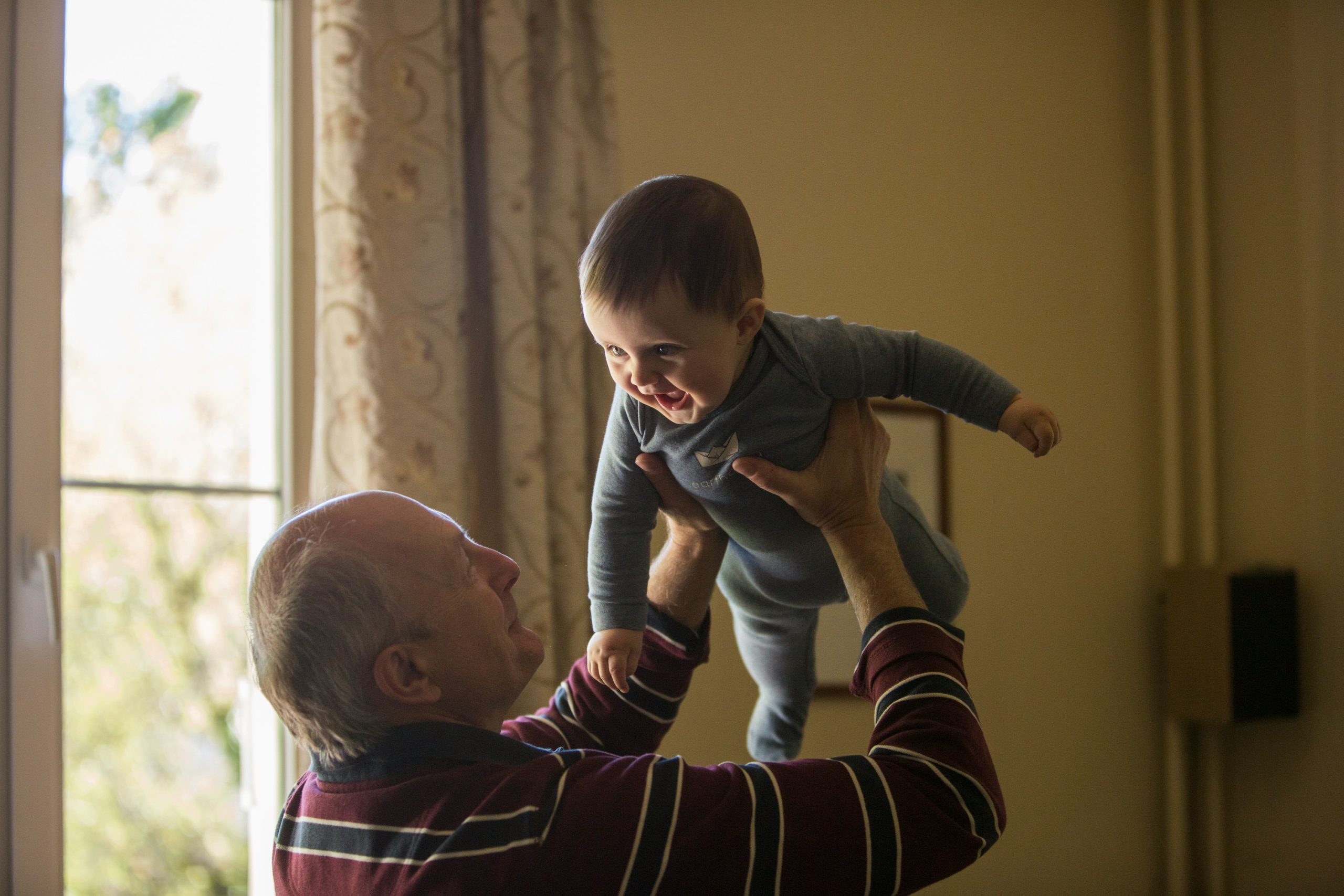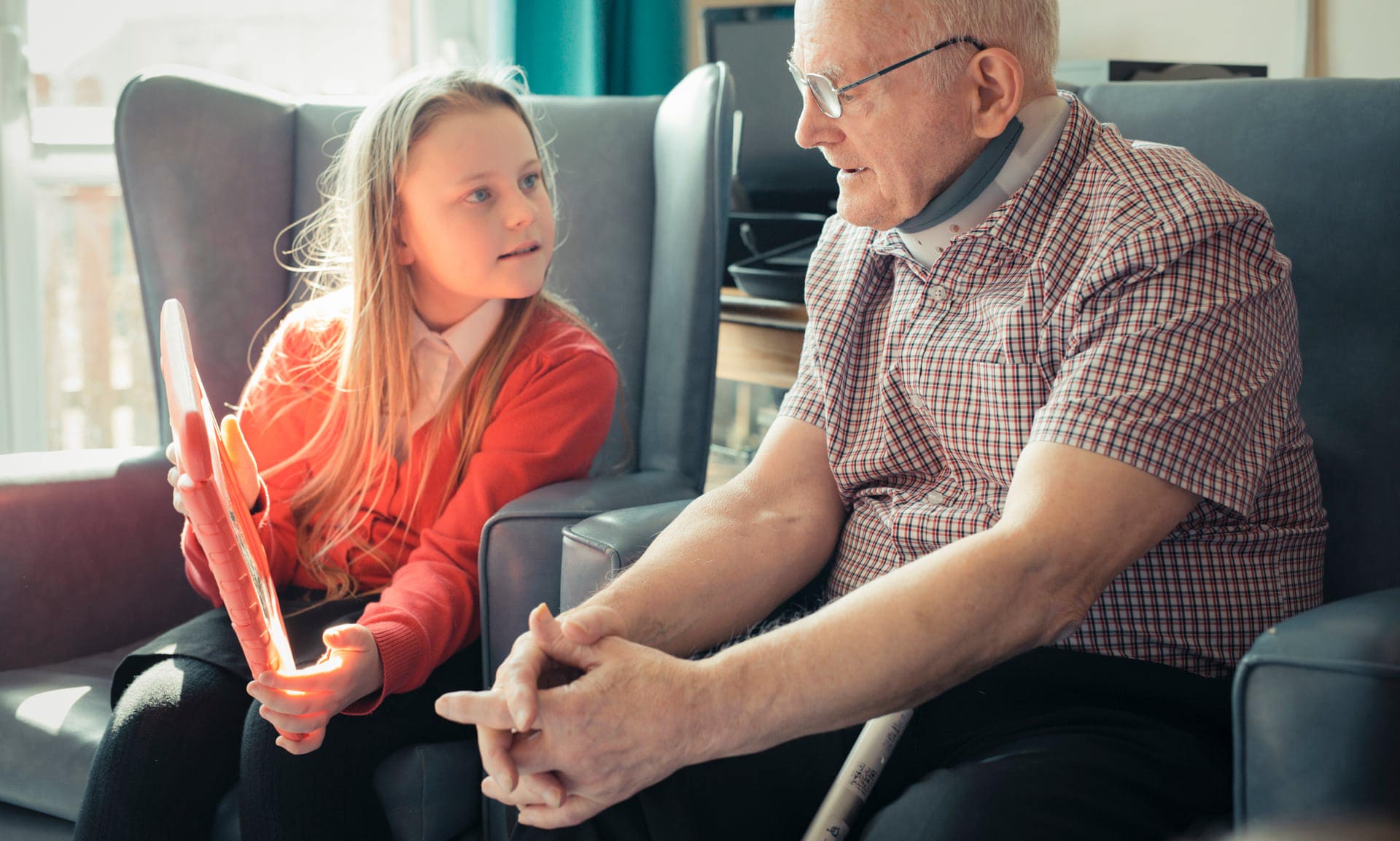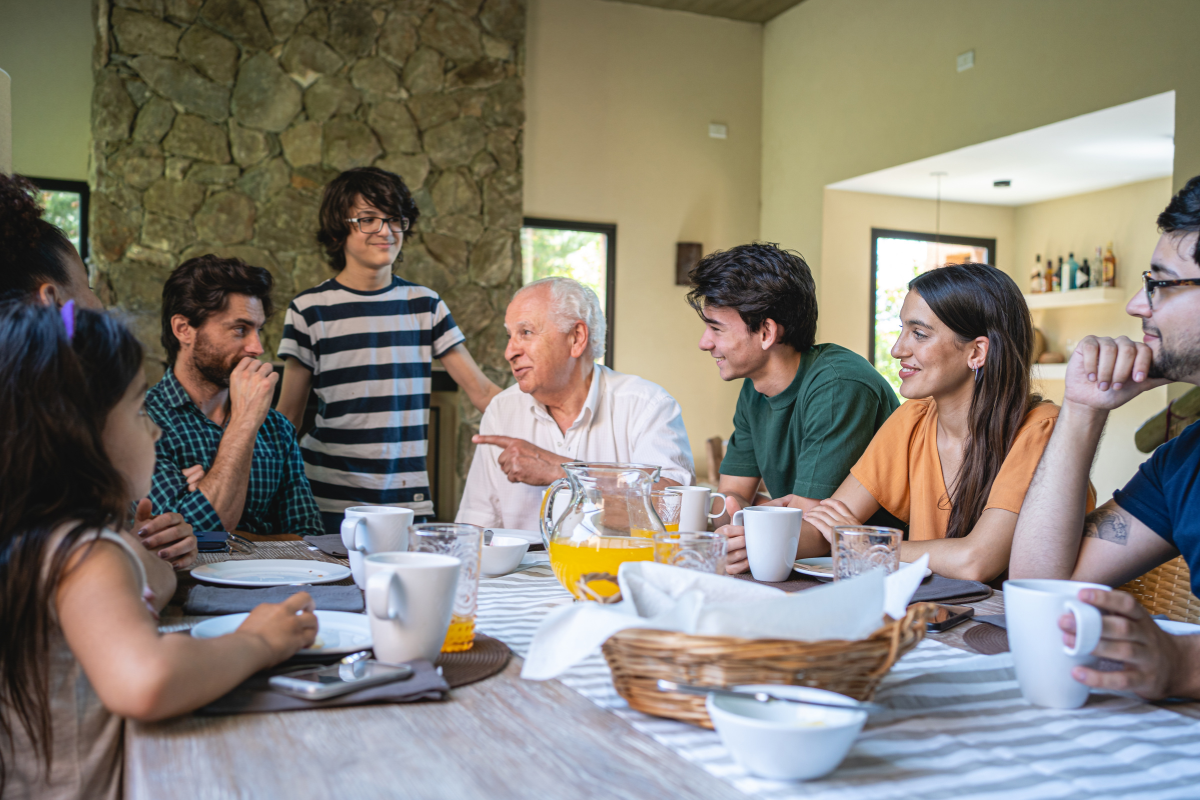Bridging the Generational Gap
MASTERING COMMUNICATION WITH THE ELDERLY FOR A HEALTHIER LIFESTYLE

In today’s fast-paced, digital-driven world, communication between generations can sometimes feel like an uphill battle. With technology evolving at a rapid rate, younger generations and older adults often find themselves on different wavelengths. However, maintaining strong, meaningful connections with elderly family members is crucial— not only for emotional well-being but also for fostering a healthier lifestyle. Bridging this generational gap requires mastering communication in ways that show respect, understanding, and empathy.
Here’s how you can enhance communication with the elderly and support their well-being, while also enriching your own life:
Understand Their Worldview
The elderly have lived through different eras, shaped by varying experiences and societal norms. They may have grown up in a time without the internet, smartphones, or rapid global changes. Taking the time to understand the historical and social context of their upbringing allows you to appreciate their perspective. It also helps in navigating any differences in how they view technology, relationships, and health.
Tip: Ask open-ended questions about their experiences. This not only opens the door for them to share, but it also gives you a better understanding of their journey and outlook on life.
Speak with Clarity and Respect
As people age, hearing loss or cognitive decline can affect their ability to engage in conversations. It’s important to speak clearly, maintain eye contact, and be patient. Avoid talking down to them or rushing through conversations. Respect is key to maintaining their dignity and helping them feel valued.
Tip: Simplify your language without being condescending. Speak at a moderate pace, and repeat or rephrase if needed. Tone matters, so make sure it’s warm and respectful.
Embrace Technology Together
While the elderly may seem hesitant about technology, many are willing to learn when given patient guidance. Teaching them how to use digital tools can help them stay connected with family, access medical care, and engage in lifelong learning. Technology can bridge geographical gaps, allowing them to feel involved in family events or social circles they might otherwise miss.
Tip: Start small. Teach them how to use simple apps for communication like video calls, or how to search for information related to health and hobbies. Be patient and celebrate their progress, however small.
Promote Physical Activity and Social Engagement
Encouraging the elderly to engage in light physical activities like walking or yoga can have tremendous health benefits. Moreover, social engagement is vital for emotional well-being, reducing the risk of depression and cognitive decline.
Tip: Suggest activities that can be done together, such as going for a walk or joining a community event. The combination of physical activity and social interaction contributes to their holistic health.
Adapt to Their Pace
The elderly may take longer to process information or make decisions. Be mindful of their pace and don’t rush through interactions. Slowing down not only improves communication but also allows for deeper, more meaningful exchanges.
Tip: Practice active listening. Give them the time they need to gather their thoughts and respond. Show genuine interest in their stories and insights.
Involve Them in Multi-Generational Conversations
Intergenerational communication benefits both younger and older generations. Conversations with elderly family members can provide valuable life lessons and insights. Younger people, in turn, can offer fresh perspectives on topics like health, modern social trends, and even technology.
Tip: Create opportunities for family discussions where the elderly can share their wisdom, and the younger generation can introduce new ideas. This fosters mutual respect and helps bridge the generational divide.